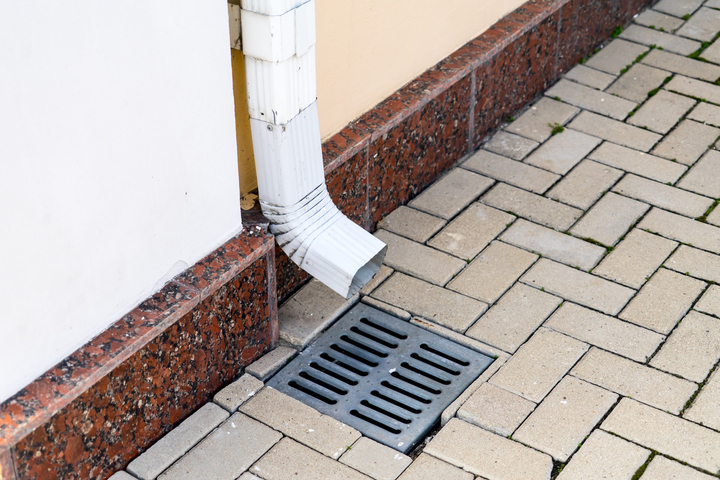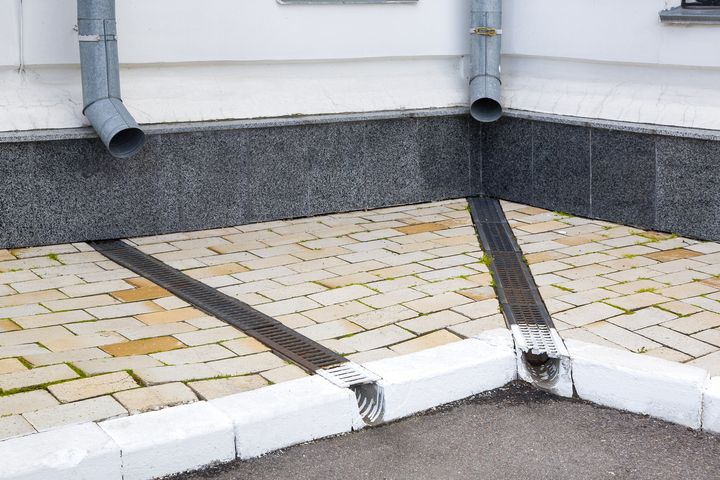
Wastewater management is a major issue in the construction industry, both in terms of the environment and the sustainability of buildings. Backflow in gravity-fed networks, often caused by errors in design or execution, leads to significant repair costs as a result of the deterioration of structures.
Increasing urbanisation and current environmental standards mean that technical rigour is required when installing gravity drainage networks. It is therefore essential to understand the rules for sizing, installation and maintenance to prevent backflow, optimise the durability of the networks and ensure the health and safety of homes. In this article, we look at the rules to be observed when installing a gravity drainage system, to provide construction professionals with concrete guidelines for their worksites.
The design stage remains the anchor point for an effective gravity drainage network. Taking into account the recommended minimum slope, generally between 1% and 3%, ensures that wastewater flows without stagnation, while avoiding excessively high speeds that could lead to wear and tear on the pipes.
Diameters are determined on the basis of forecast flow rates, the nature of the effluent and local regulations. The house builder must anticipate future needs, incorporating aeration devices and manholes to limit the risk of solid deposits, which can lead to clogging and backflow.
Particular attention must also be paid to connections with public networks, to ensure that installations are watertight and durable. It is also important to consider accessibility for maintenance and inspection, as well as the incorporation of systems to absorb variations in flow, particularly in the event of heavy rainfall. This will ensure that the network operates smoothly over the long term.

The quality of the materials used has a direct impact on the robustness and durability of gravity drainage infrastructures. PVC, stoneware or cast-iron pipes have proven resistance to chemical agents, while offering easy maintenance to meet long-term operating constraints.
In addition, the laying techniques used must ensure that there are no slopes, breaks or unplanned low points, thereby limiting stagnation zones where solid waste can accumulate. The use of homogeneous laying beds and carefully compacted backfill prevents differential soil movements that could weaken the integrity of the network.
In addition, the installation of manholes in appropriate locations facilitates periodic inspections, while enabling efficient maintenance and rapid intervention in the event of anomalies being detected.

A gravity drainage network requires constant monitoring and maintenance to limit the risk of backflow. By carrying out camera inspections at defined intervals, we can detect upstream any areas of clogging, cracks or infiltration that could compromise the integrity of the network. At the same time, preventive cleaning helps to eliminate grease deposits and organic waste that accumulate in pipes, reducing the risk of blockages.
In addition, meticulous checking of the watertightness of joints, fittings and manholes reinforces the reliability of the drainage system. These preventive actions help to maintain the hydraulic capacity of the installations, while limiting the need for costly emergency action in the event of water damage. A planned maintenance policy, integrated into the technical management of the facilities, guarantees the durability and safety of the entire gravity drainage network.
Every construction project has specific constraints linked to the nature of the soil, the climate and the regulations in force. In areas subject to heavy rainfall, stormwater management must be coordinated with wastewater management to prevent back-up during peak flows. The use of non-return valves can be useful in protecting homes against sewage back-up in the event of overloading of the public network.
Lastly, incorporating eco-construction and water recovery principles into the design of buildings reduces pressure on the sewerage system while contributing to environmental sustainability objectives.
By adopting a precise and technical approach, it becomes possible to prevent backflow in a gravity drainage network and ensure the sustainable operation of buildings, while meeting the performance and comfort expectations of occupants.